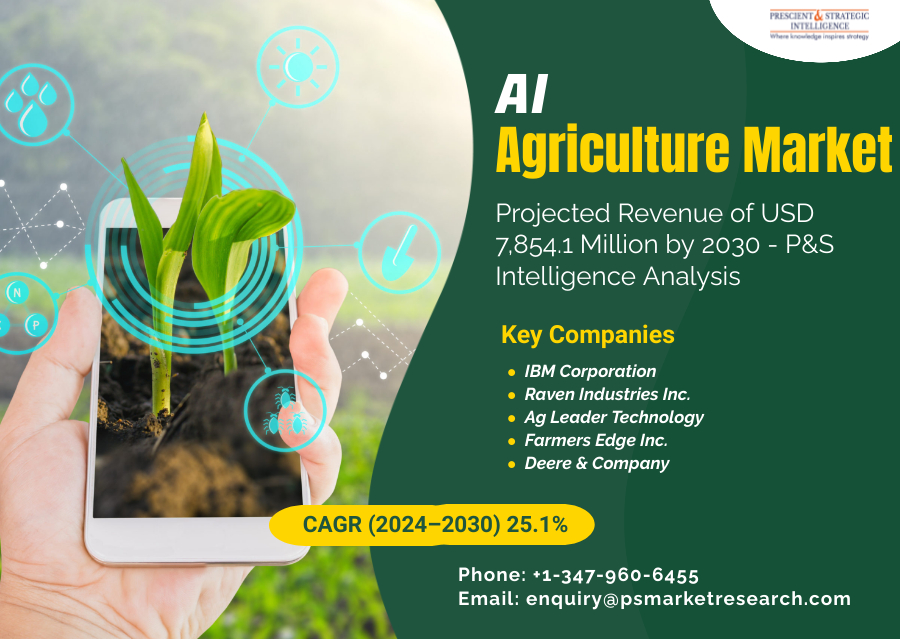The global geographic information system (GIS) market is on a trajectory of rapid growth, projected to expand from USD 14.8 billion in 2024 to USD 31.2 billion by 2030. This significant increase represents a compound annual growth rate (CAGR) of 13.1%, underpinned by a combination of technological advancements, rising investments in GIS solutions, and the growing importance of spatial data across various industries. As industries worldwide continue to recognize the value of location-based insights for operational efficiency and decision-making, GIS is becoming an indispensable tool for managing and analyzing geographic data.
A primary driver of this growth is the ever-increasing need for accurate geographic data across a broad range of applications. Sectors such as transportation, urban planning, agriculture, military defense, and telecommunications are increasingly relying on GIS technology for location intelligence, strategic decision-making, and more. Additionally, the proliferation of smart devices, including smartphones and tablets, is significantly enhancing the demand for mobile GIS applications, making geographic data more accessible and valuable for businesses and governments alike.
The market’s expansion is also being propelled by the integration of advanced technologies such as cloud computing, artificial intelligence (AI), and the Internet of Things (IoT). These technologies enable real-time data analysis, which is particularly important for applications such as disaster management, environmental monitoring, and urban development. Furthermore, the increasing adoption of cloud-based GIS solutions is driving cost efficiency and accessibility, making these solutions more appealing to businesses of all sizes.
North America continues to be the largest market for GIS, driven by the presence of established technology infrastructure, high investments in R&D, and a strong demand from industries such as transportation, utilities, and defense. However, the Asia-Pacific (APAC) region is poised for the fastest growth, as countries in this region, such as China and India, are rapidly urbanizing and investing in technological advancements to improve infrastructure, public services, and governance. This growth is expected to continue as GIS solutions become essential for smart city development, traffic management, and environmental monitoring.
Key Insights
Market Size and Growth
The global GIS market is projected to grow from USD 14.8 billion in 2024 to USD 31.2 billion by 2030, at a CAGR of 13.1%. This growth reflects increasing demand across various industries, driven by the need for efficient geographic data management and analysis tools.
Regional Growth
North America currently holds the largest share of the GIS market, owing to its technological infrastructure and high demand for GIS applications in sectors like defense, urban planning, and telecommunications. However, the Asia-Pacific region is expected to experience the highest growth, driven by rapid urbanization and significant investments in GIS technologies. Key markets in the region include China, India, and Japan, where GIS is being adopted for smart city projects, infrastructure management, and disaster response.
Segmentation by Component
In 2024, GIS hardware, particularly GNSS/GPS systems, holds the largest market share, accounting for nearly 50% of the total market value. However, GIS software is rapidly gaining traction due to advancements in cloud computing, which allow for real-time data processing and analysis. This segment is growing at the fastest rate, with organizations across industries increasingly adopting cloud-based GIS solutions for greater accessibility and cost-efficiency.
Applications in Mapping
Mapping applications are projected to maintain their dominance, comprising approximately 40% of the GIS market share in 2024. The need for precise mapping tools is driven by urban planning, land management, and environmental monitoring requirements, particularly in fast-growing cities and regions with complex geographical landscapes. Mapping functions are also critical for disaster management, as they provide the necessary data for real-time crisis response.
Rise of Location-Based Services
Location-based services (LBS) are a major driver in the GIS market, expected to grow at a CAGR of 13.6% through 2030. The rise of mobile devices and internet connectivity has accelerated demand for LBS across various applications, including navigation, fleet management, and personalized marketing. Companies like Uber and Lyft are leveraging GIS for route optimization, while retail businesses are using it to enhance customer experiences through geospatial analytics.
Military and Defense Applications
The military and defense sectors are increasingly adopting GIS technology for strategic planning, logistics, and real-time operations management. GIS plays a crucial role in satellite imaging, terrain analysis, and operational intelligence, helping military forces optimize resource deployment and improve decision-making processes. This trend is expected to continue, with defense budgets allocated toward GIS technology to enhance national security capabilities.
Agricultural Applications
GIS is also transforming agriculture, particularly in precision farming. By using GIS to analyze soil data, monitor crop health, and predict yields, farmers can optimize resources, reduce waste, and improve crop productivity. As global demand for food grows, the role of GIS in sustainable agriculture will continue to expand, supporting efforts to address food security challenges.
Smart Cities and Urban Development
GIS is becoming an essential tool in the development of smart cities. Urban planners use GIS to optimize land use, plan infrastructure projects, and manage traffic systems. For instance, GIS is used to identify suitable locations for new roads, buildings, and public utilities, as well as to track air quality and other environmental factors. As the global population continues to urbanize, the role of GIS in urban management will become even more critical, driving the adoption of these solutions in cities worldwide.
Technological Integration
While GIS technology continues to evolve, integration challenges remain, particularly in harmonizing GIS with other enterprise systems like Customer Relationship Management (CRM) and Enterprise Resource Planning (ERP) solutions. This creates opportunities for further development in GIS interoperability and system integration, which will help organizations maximize the value of their geographic data.
Data Privacy and Security
With the increasing use of GIS for location tracking and data analysis, data privacy and security concerns are becoming more prominent. Companies are investing in cybersecurity measures to protect sensitive location data from breaches, which will drive innovation in GIS security protocols and technologies.
The GIS market’s future is filled with potential, with opportunities across industries and regions. As GIS technology becomes more advanced and accessible, its adoption is set to continue growing, transforming how businesses and governments utilize geographic data for better decision-making and improved efficiency.
About P&S Intelligence
P&S Intelligence offers custom and syndicated market research and consulting services to clients across the globe. Our team of young and dynamic researchers, guided by mentors with years of experience, create data-rich reports tailored to the needs of MNCs as well as startups and SMEs. We remain in a perennial quest to offer exhaustive insights into every aspect of the market, allowing businesses of all sizes to seize even the smallest of opportunities and tackle even the biggest of challenges.
Contact:
Chandra Mohan
AVP – Business Development
Phone: +1-347-960-6455
Email: enquiry@psmarketresearch.com
Web: https://www.psmarketresearch.com
Follow Us: LinkedIn Twitter










